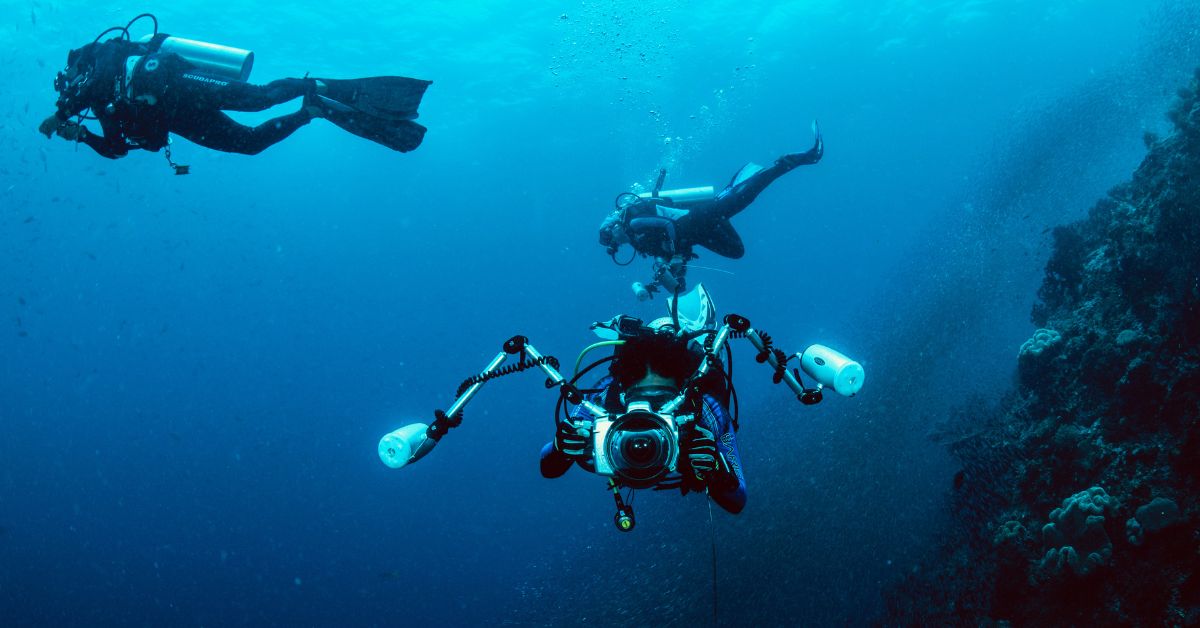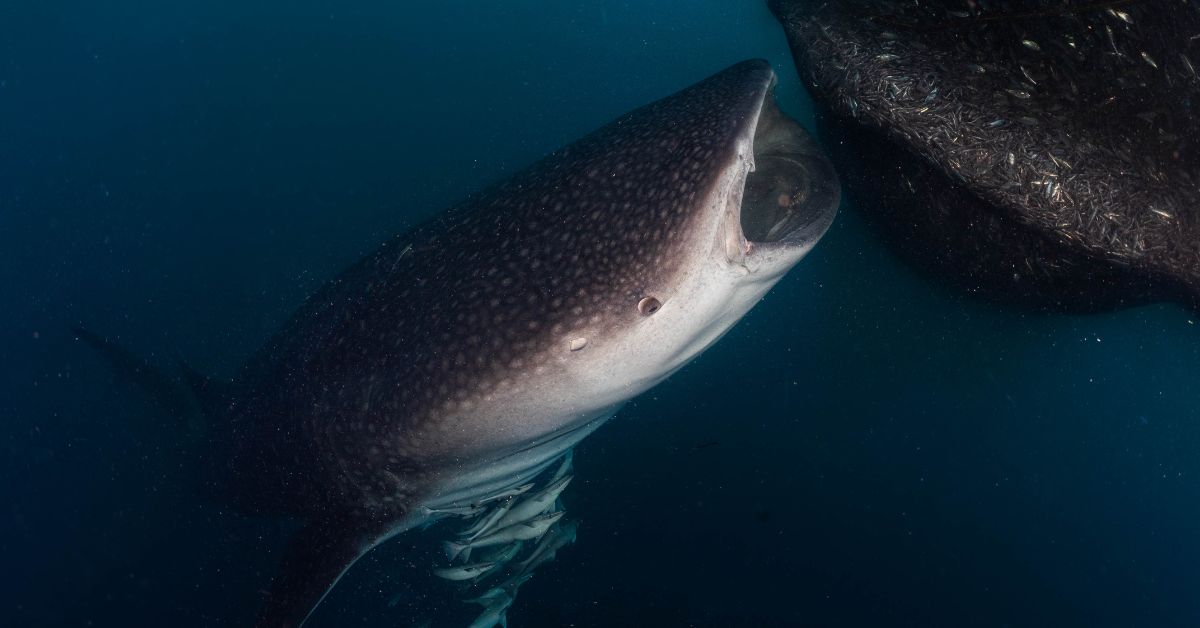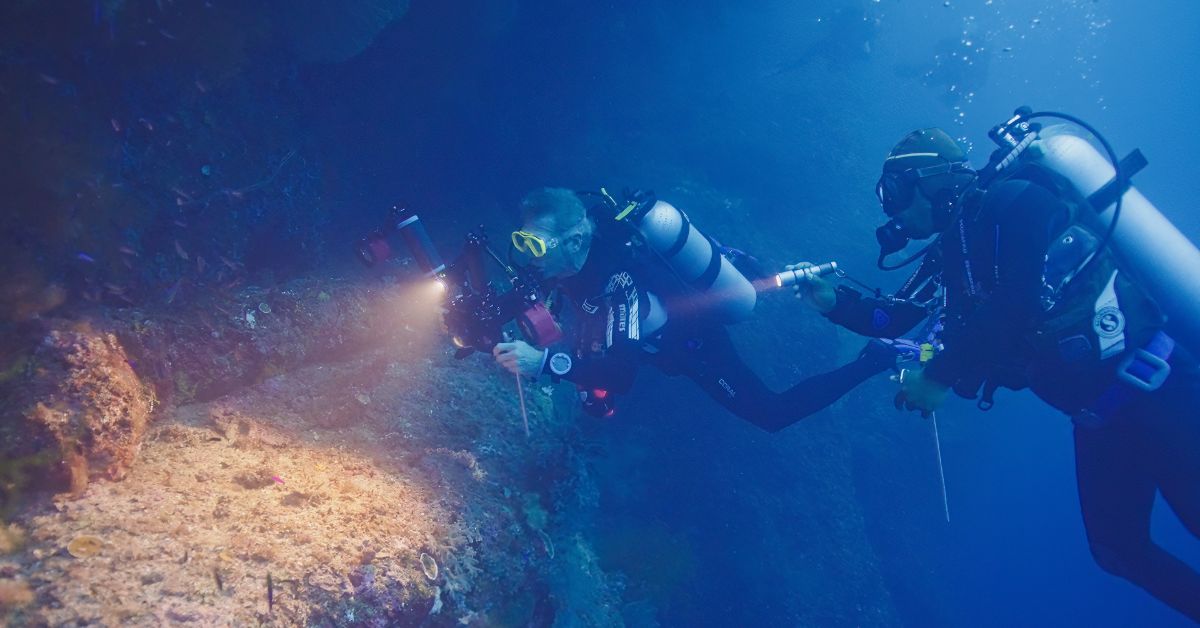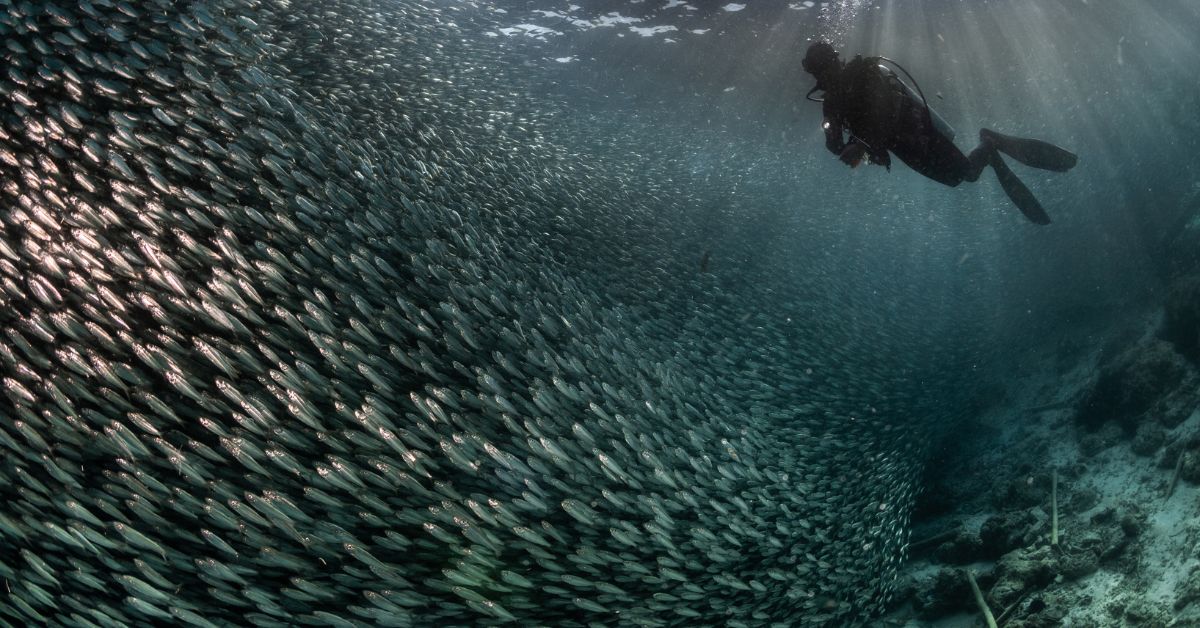As you descend into greater depths while diving, you uncover more underwater wonders, from sunken shipwrecks to rare deep-sea creatures. However, a greater descent into the waters also means increased pressure, which can lead to barotrauma—when the pressure outside the ear diverges significantly from the pressure within the ear.
Barotrauma can result in discomfort, pain, and even severe damage to the ear. Without proper precautions, you may face risks such as temporary or permanent hearing loss, vertigo, or other balance-related issues. Protect your ears from deep-diving damage with our top tips so you can dive into the water’s depth safely.
Equalize Early and Often
As you descend, the pressure differential between the exterior environment and the internal ear spaces can increase swiftly. By equalizing early in the dive and continuing to do so at regular intervals, you help balance the pressure on either side of the eardrum. This minimizes the risk of barotrauma.
Below are some popular and effective equalizing methods.
Valsalva Maneuver
The Valsalva is a classic technique that involves gently pinching your nostrils shut and blowing softly as if you were trying to expel air through your nose. The increased pressure forces the Eustachian tubes to open, allowing air to move into the middle ear and equalize the pressure.
Toynbee Maneuver
The Toynbee maneuver combines swallowing with the nostrils pinched shut. Swallowing naturally helps to open the Eustachian tubes, facilitating the equalization of pressure between the middle ear and the external environment. This technique can be particularly useful for those who may find it challenging to perform the Valsalva maneuver.
Edmonds Technique
The Edmonds technique, named after a pioneering dive physician, integrates elements of both the Valsalva and the Toynbee maneuvers. This technique combines a gentle blow against pinched nostrils with a simultaneous swallow or jaw movement—pushing your jaw forward and down. By doing so, the Edmonds technique maximizes the chances of opening the Eustachian tubes.
Equalizing Technology
Advancements in equalizing technology have significantly enhanced the safety and comfort of deep-diving enthusiasts. Modern dive equipment now incorporates sophisticated features that assist divers in maintaining optimal ear pressure throughout their descent.
Electronic equalizing devices, for instance, can monitor ambient pressure and automatically adjust to maintain equilibrium within the ear. Additionally, certain innovative designs in dive masks and earplugs have specialized valves that enable a more consistent and effortless pressure equalization.

Descend Slowly
A gradual descent allows your body more time to adjust to the increasing pressure, reducing the risk of barotrauma. When you descend too quickly, the rapid change in pressure can overwhelm your ear’s capacity to equalize effectively, leading to discomfort and potential damage. By moving at a controlled pace, you provide yourself with ample opportunity to equalize regularly and thoroughly.
The ideal descent speed for divers is typically between 30 to 60 feet (9 to 18 meters) per minute. For divers prone to ear issues, descending at the slower end of this range can provide additional time to equalize and ensure a safer dive.
Keep Your Ears Clean
Proper ear hygiene helps divers prevent infections and other complications from accumulated earwax and debris. Clean ears facilitate better pressure equalization by ensuring the unobstructed function of the Eustachian tubes, which is essential for maintaining balance and preventing barotrauma.
It’s important to clean your ears regularly but gently. Avoid using cotton swabs, which can push wax further into the ear canal and potentially cause blockages. Instead, opt for safer methods, such as using ear drops specifically designed to dissolve excess wax or consulting a healthcare professional.
Wear Earplugs
Wearing earplugs designed specifically for diving is a prudent measure to protect your ears from the challenges of deep-water pressure. These specialized earplugs come equipped with tiny valves that allow for gradual, controlled pressure equalization, safeguarding the ears’ delicate structures against sudden pressure changes. By creating a barrier against water entry, dive earplugs also help to prevent infections and reduce the risk of outer ear barotrauma.
Stay Hydrated
Proper hydration maintains the flexibility of the mucous membranes in your Eustachian tubes and middle ear, which is essential for efficient air exchange and pressure equalization. Hydration maximizes these membranes’ function, allowing you to equalize pressure smoothly.
On the other hand, dehydration can lead to thickened mucous membranes, which can impede the equalization process and increase the risk of discomfort or ear damage. By drinking ample water before and after your dives, you can maintain optimal fluid balance, thereby preserving the health and function of your ears.
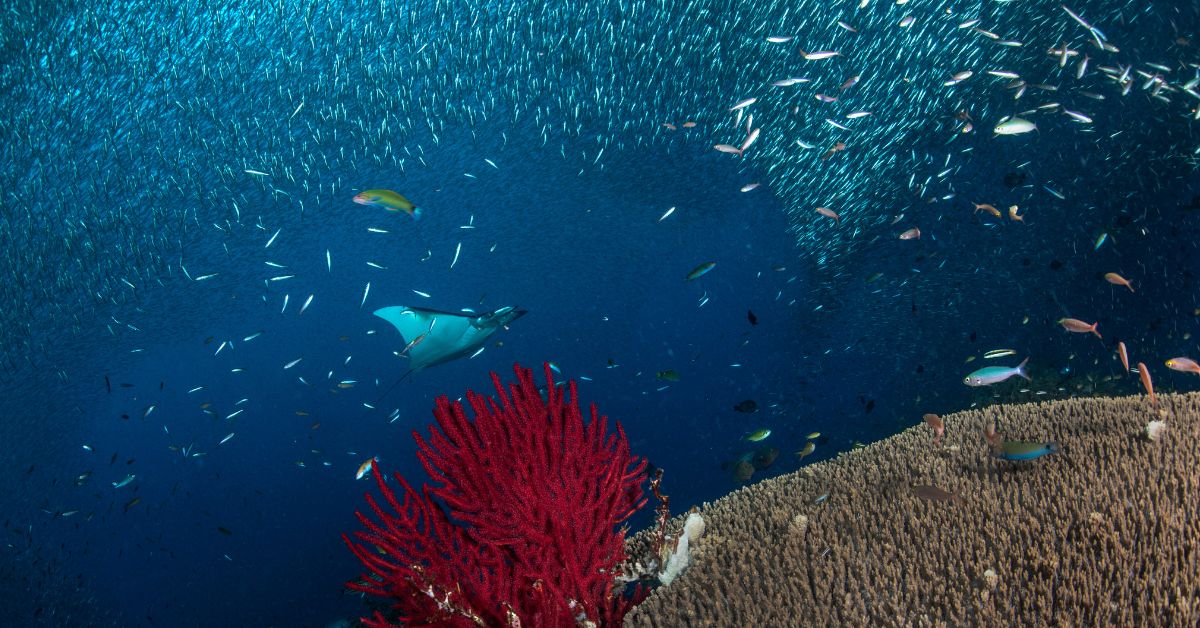
Avoid Diving With Congestion
Congestion, whether from a common cold, allergies, or sinus issues, can severely impair your ability to equalize ear pressure. When the nasal passages and Eustachian tubes are obstructed or inflamed, the delicate balance required for pressure equalization becomes challenging, heightening the risk of barotrauma. Therefore, assess your health rigorously before embarking on a dive.
Ascend Slowly
Just as important as descending slowly, ascending gradually allows your ears to readjust to surface pressure. Practice a controlled and slow ascent to prevent reverse block or ear barotrauma. Most diving agencies recommend an ascension speed of no more than 30 feet (9 meters) to 60 feet (18 meters) per minute.
Follow Dive Masters and Guides
Finally, adhering closely to instructions and guidance from dive masters and guides will also help protect your ears from damage while deep diving. These professionals possess extensive experience and knowledge regarding optimal diving techniques, including effective pressure equalization and safe ascension and descent speeds.
Dive masters and guides are also adept at identifying potential issues early and can provide immediate assistance or adjustments to your diving approach. By diligently observing their protocols and recommendations, you enhance your odds of deep diving without ear troubles.
Dive in Raja Ampat
Dewi Nusantara’s Raja Ampat diving opportunities come in many forms, from muck diving to deep diving. No matter your dive experience, we prioritize your safety and satisfaction.
Our seasoned dive masters and guides are always ready to assist, leading divers through the aquatic vistas of Raja Ampat with vigilant care. Following their lead can ensure you protect your ears and overall health and safety.
By following these tips to protect your ears from deep-diving damage, you can explore the depths without risking your ear health. Protect your ears so you can enjoy more awe-inspiring diving adventures.


